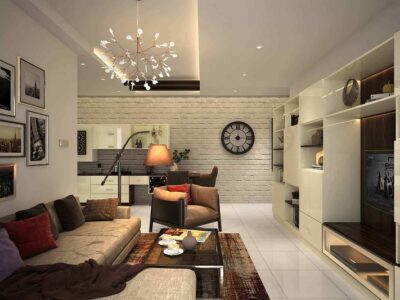
Indoor plants act as interior space decorations and provide a natural feel to indoor spaces. It is important to identify an ideal location to place a plant that will serve both decorative purposes and support the growth of a plant to a vibrant and healthy plant. Insufficient light is a challenging factor towards the flourishing of plants in many indoor plant locations. It is however possible to use supplementary light sources to ensure that the plants thrive well. Before buying and setting up a plant within a home, it is essential to learn how the lighting in your home affects your plants. Even though light sources can be supplemented with other sources, they may not be sufficient for the plant.
Role of Light for Plants
Plants need light since it is an energy source requirement for synthesizing food as they grow and reproduce. They use the light to manufacture food that is used by them and another living organism.
Light Color
There are different light colors and wavelengths. Some light colors and wavelengths are more important to plant than others. yellow and green wavelengths are the most used by plants and are therefore absorbed and reflected by plant leaves to source energy. Red and blue wavelengths are not necessary energy sources for plants. When plants are placed in indoor spaces or greenhouses, they are exposed to average amounts of each light wavelength and may require additional light energy sources when the light is insufficient. Examples of supplementary light sources for plants include.
- Fluorescent sources
- Gas sources
- Incandescent sources
- Light-emitting diodes
- Discharge sources
The benefits from indoor plants mean nothing if the plants do not receive proper care and lighting. Plant parents need to know the light measurements, light parameters, and sources of plant light. The different supplementary light sources have specifications and may not be effective for just any type of plant light and therefore require thorough understanding and selection. Below are some of the key lighting guides.
Ensure that the room lighting is uniform throughout the space.
Some technologies provide energy sufficient for lighting sources but always filter out the proper wavelengths of light required by plants. The most suitable technologies use frosted glass since it evenly distributes light in the interior. Uniform distribution of a light source to all the plants within a room is essential for the healthy and vibrant growth of plants.
Provide electric lighting.
Some areas have cloudy weather conditions during the day. Whenever the daylight is inadequate, it is advisable to have an alternative LED light source for plants. This type of electric light is preferred since they supply plants with sufficient energy, is versatile, and evenly distributes the light from the source. A timer can also be incorporated in this technology and are known for their quality light provision.
Avoid direct up-lighting.
Uplighting sources of light should only be meant for decorative purposes. Direct up light sources can cause scorching and damages to indoor plants when they hit them directly. Indirect light sources are not adequate lighting sources for plants.
Properly lit plants are beneficial to humans also.
New buildings are focused on achieving more natural light within their design. Humans need properly lit natural spaces, and this is a similar requirement for most plants. Good lighting is essential to both plants and humans. With proper lighting, plants bring additional benefits like improving concentration, creativity, and air flow.
Conclusion
Plants have varying light needs. Some can thrive in spaces with limited light while others need a lot of light to thrive and grow healthy. Supplementation of light sources for indoor plants may be key for certain types of plants. The amount of sunlight indoors is minimal unlike outdoors and this may affect plants. It is important to understand the plant lighting requirements before investing in indoor plant décor.











